What is the behavioural approach used in ADHD? (ADHD Part -IV)
What is the behavioural approach used for treating ADHD?
The behavioural approach in ADHD, for instance, is to increase the attention span of the child. In mild to moderate only behavioural management is needed. It could be in the form of a game, depending on the age of the child. Depending upon the developmental level of the child we give them tasks to improve their attention skill:
Games and Activities
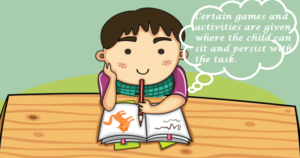 We prescribe certain games and activities where the child can sit and persist with the task. That will improve the child’s attention span.
We prescribe certain games and activities where the child can sit and persist with the task. That will improve the child’s attention span.
At School
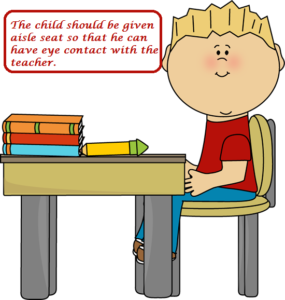 For the classroom instruction, we sometimes give a letter to the teacher suggesting where he should be seated. The teacher should have proximity to the child. Seat given to the child should not be near the window side, door side or outskirts. The child should be given aisle seat so that he can have eye contact with the teacher. These will help him focus on activities in the classroom. The teacher should be monitoring the child so that his attention doesn’t wander. They should examine the notebooks frequently so that the books are complete. The child should be called his or her name. If he is called by his name, his attention span will persist.
For the classroom instruction, we sometimes give a letter to the teacher suggesting where he should be seated. The teacher should have proximity to the child. Seat given to the child should not be near the window side, door side or outskirts. The child should be given aisle seat so that he can have eye contact with the teacher. These will help him focus on activities in the classroom. The teacher should be monitoring the child so that his attention doesn’t wander. They should examine the notebooks frequently so that the books are complete. The child should be called his or her name. If he is called by his name, his attention span will persist.
Appreciation and Rewards
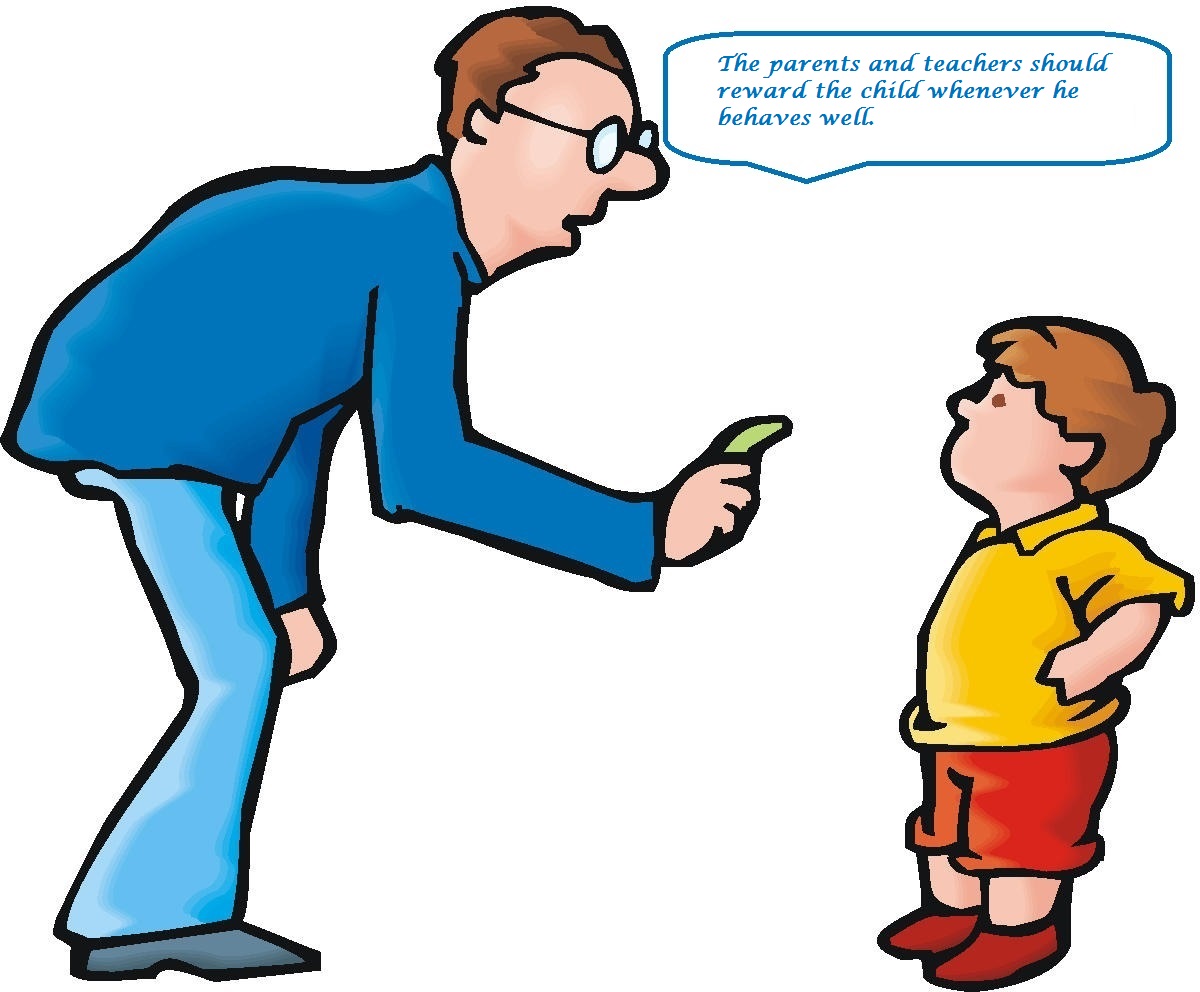 The parents and teachers are instructed to reward the child whenever he behaves well. Usually, his hyperactivity or impulsive behaviour is judged as indiscipline in the school. He is scolded and not much of positive comments are obtained by the child. Parents and teachers are asked to look out for even the smallest good behaviour. He must be praised and rewarded with gifts. He must be given small responsibilities in the class like carrying the books to the staff room so that he feels that he is worthy. In this way, his behaviour is likely to improve.
The parents and teachers are instructed to reward the child whenever he behaves well. Usually, his hyperactivity or impulsive behaviour is judged as indiscipline in the school. He is scolded and not much of positive comments are obtained by the child. Parents and teachers are asked to look out for even the smallest good behaviour. He must be praised and rewarded with gifts. He must be given small responsibilities in the class like carrying the books to the staff room so that he feels that he is worthy. In this way, his behaviour is likely to improve.
At home
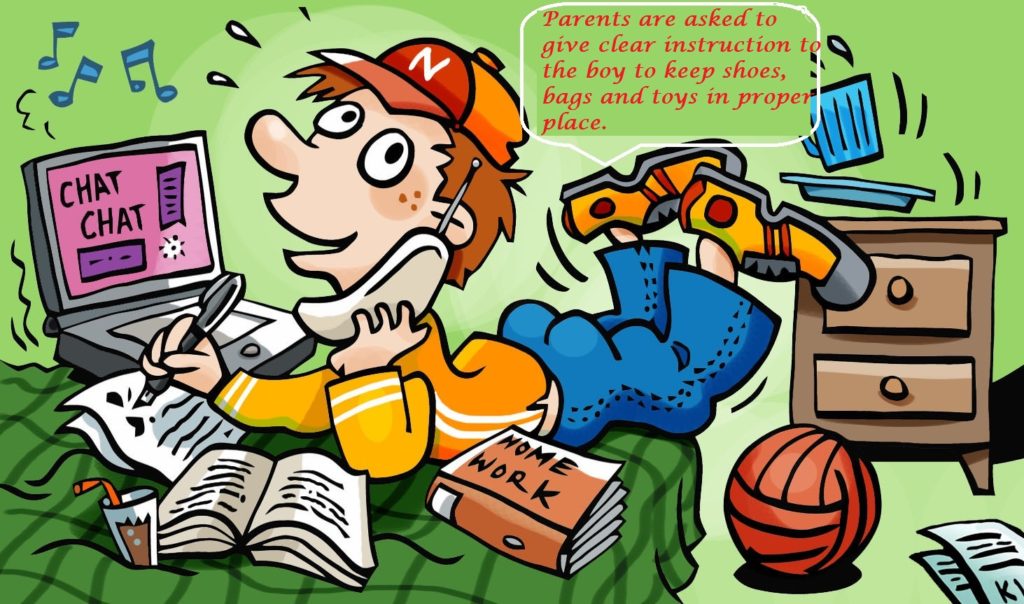 Parents are asked to give clear instruction to the boy to keep his shoes, bags and toys in its proper place. Thus his life will become more structured. Whenever he complies with the parents’ expectation of the kind of behaviour they expect from him he can be rewarded.
Parents are asked to give clear instruction to the boy to keep his shoes, bags and toys in its proper place. Thus his life will become more structured. Whenever he complies with the parents’ expectation of the kind of behaviour they expect from him he can be rewarded.
Nurturing their Abilities
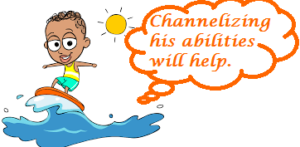 When we assess the child we assess their potential. Some of them are good at sports. So encouraging them in sports is part of the behavioural therapy. Some may be good in arts or electronics, so channelizing their ability will help them.
When we assess the child we assess their potential. Some of them are good at sports. So encouraging them in sports is part of the behavioural therapy. Some may be good in arts or electronics, so channelizing their ability will help them.
‘Time Out’ Method
 Parents are trained to deal with impulsive behaviour. Sometimes they have to set limits when the child is exceeding certain limits. In very severe situations parents may be asked to keep the child in a room so that anger comes down. It is not a punishment but a principle of ‘time out’. This principle has to be applied only sometimes.
Parents are trained to deal with impulsive behaviour. Sometimes they have to set limits when the child is exceeding certain limits. In very severe situations parents may be asked to keep the child in a room so that anger comes down. It is not a punishment but a principle of ‘time out’. This principle has to be applied only sometimes.
[plain]
Dr. Varghese Punnoose specilaised in Child Psychiatry. He is an MBBS and MD in Psychiatry from Government Medical College. He is currently Professor and Head of Department at Government Medical College, Kottayam, Kerala.
He authored a book ‘Manorogangal’, in malayalam, about Pshycatric disorders. There is one chapter on ADHD also. [/plain]
Is Medication for ADHD (Attention Deficit Hyperactivity Disorder) child necessary? (ADHD Part -I)
What is the behavioural approach used in ADHD? (ADHD Part -IV)
What is the behavioural approach used in ADHD? (ADHD Part -IV)






34 comments